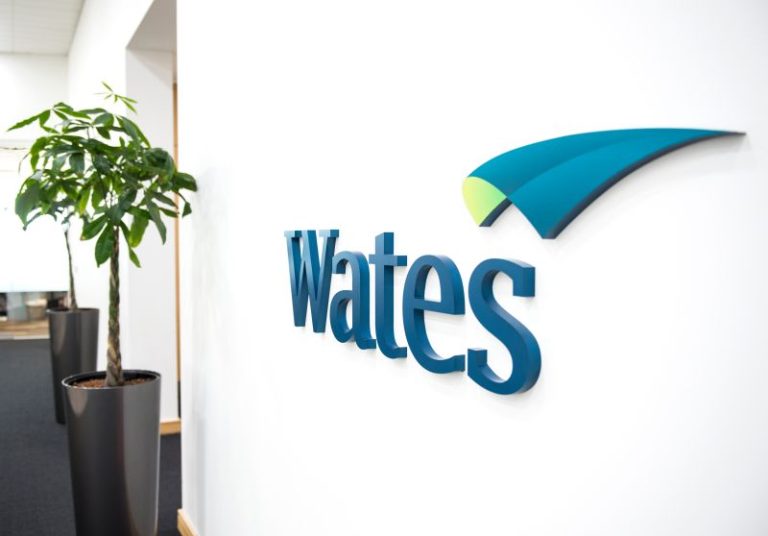Architects, builders and building control officers scratching their heads about how to comply with the changes to Part L which came into force last year could find a RIBA-approved CPD, created by insulation experts Actis, will help unveil and summarise all the upcoming changes. The free one-hour Tomorrow’s Insulation Solutions for Future Homes Standards CPD module gives guidance on how to meet revised energy efficiency targets which see new build homes having to reduce carbon emissions by 31% over previous levels. The Actis CPD, which has also been certified by the Construction CPD Certification Service, will look at different tactics to help achieve the greater goal of building Net Zero by 2050, such as the increased importance of having a ‘fabric first’ approach. Actis regional specification manager and co-author of the CPD, Amaret Chahal, explained: “Making sure everyone is confident in understanding the Part L changes and what it means for us to futureproof our buildings, is the main focus of this new CPD. We’ve simplified and summarised all the changes that are happening now, while making it clear that this is ultimately another stepping stone towards the Future Homes Standard. “Combining more use of efficient building technologies with a thermally sound building structure is the key to achieving lowering requirements. Reducing the need for energy in the first place is essential, which means minimising overall heat loss through thermal bridging and improving air tightness.” The CPD will look in detail at ways to improve U-values, reduce thermal bridging, address the performance gap and improve air tightness. And to ensure these changes don’t create a problem in the other direction, it will look at how to ensure there are no issues with overheating. “The key way to minimise thermal bridging is to make sure insulation is continuous and has no gaps,” explained Amaret. “Using flexible reflective insulation, such as those in the Actis Hybrid range including an insulated breather membrane and vapour control layer, is an excellent way of achieving this. Because Hybris doesn’t need to be cut with 100 per cent accuracy like solid insulation, it can be moulded into corners, gaps and awkward junctions, making for a snug, leak-free fit.” Amaret, the self-styled Actis CPD queen, likes nothing better than helping customers tackle complex specification issues, making her the ideal co-creator of the company’s fourth CPD alongside its UK and Ireland technical director Thomas Wiedmer. The CPD will also look at SAP 10, the latest update to the Standard Assessment Procedure, which is incorporated within the revised Part L regulations and designed to ensure correct thermal modelling junctions are used. The Standard Assessment Procedure is used to work out the predicted energy use and emission rate of a dwelling. It assesses how much energy will be used, how much of it will be lost or gained, how efficient the home is at retaining heat, and ensures minimum fabric energy efficiency requirements are met. The CPD looks at how a building’s energy efficiency is quantified by offsetting heat losses against heat gains and examines the eight areas which have been updated under the new, revised SAP 10. It highlights changes to default y-values, the removal of Accredited Construction Details (ACD’s) and reminds developers of penalties for those who don’t consider heat loss through building junctions by simply overlooking the value of having thermal modelled junctions. This summer’s Part L changes is another step in the direction towards far more stringent energy efficiency requirements for new homes, which will be laid down under the forthcoming Future Homes Standard, expected to be in place by 2025. That in turn will play a key role in enabling the UK Construction industry to meet its 2050 net zero target. Building, Design & Construction Magazine | The Choice of Industry Professionals












